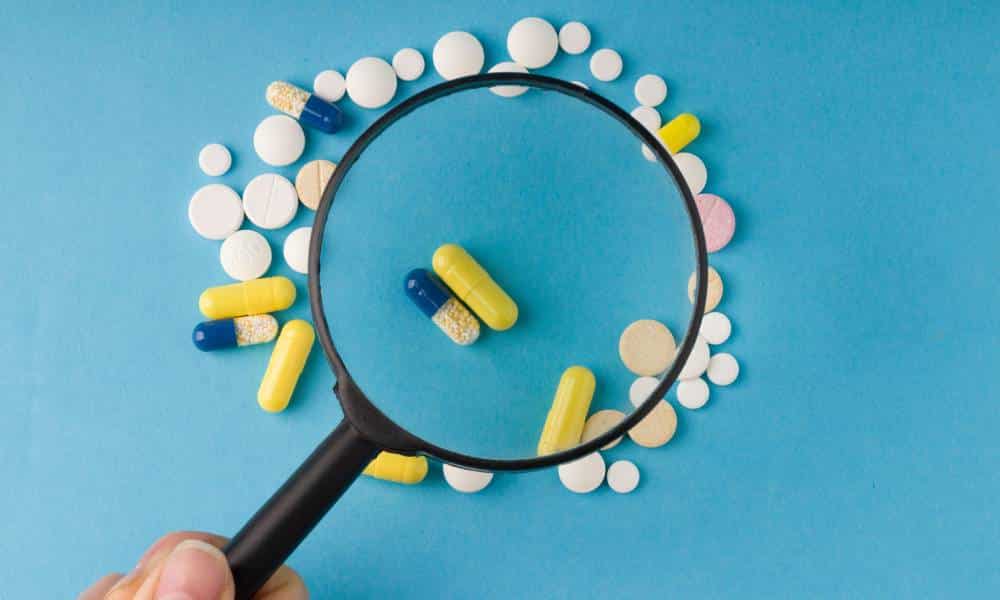A Look at the Damage Counterfeit Drugs Can Cause

The pharmaceutical industry faces a sinister challenge that undermines its efforts to advance and promise better outcomes and quality of life for patients—counterfeit drugs. These illicit products are a violation of intellectual property rights and, more critically, pose severe risks to public health and safety.
Their presence in the market erodes the trust in healthcare systems and the integrity of medicine. Below, we’ll take a closer look at the damage counterfeit drugs can cause and have been causing patients and the industry, and strategies for fighting these fake and harmful medications.
The Global Issue of Counterfeit Drugs
Counterfeit drugs are a growing concern worldwide, infiltrating markets and impacting communities across continents. Counterfeiters manufacture and distribute these fakes with sophisticated methods, making detection and control challenging for regulatory authorities. These counterfeit medications range from life-saving treatments to lifestyle drugs, all carrying the risk of containing incorrect doses, wrong ingredients, or no active ingredients at all.
The World Health Organization estimates counterfeit drugs account for approximately ten percent of the global pharmaceutical market, a staggering figure indicating the magnitude of the problem and its potential harm to unsuspecting patients.
The Significant Impact on Public Health and Trust
Understanding the impact of counterfeit drugs on public health and patient trust requires a look at the damage counterfeit drugs can cause. Counterfeit drugs may result in treatment failure at their least harmful, wasting valuable time in combating diseases. They can cause serious health complications or even fatalities at their worst.
The effects of counterfeit medication can be particularly devastating for chronic conditions like heart disease or cancer. Such incidents endanger lives and contribute to an erosion of trust in healthcare providers and systems, a pillar essential to effective public health management.
Technologies and Strategies To Curb Counterfeit Drugs
The pharmaceutical and healthcare industry battles counterfeit drugs on multiple fronts, employing both technological innovations and strategic policy implementations. Pharmaceutical coding equipment provided by companies like Tri-Star Technologies is at the forefront of these efforts. Utilizing cutting-edge laser marking and crimping technologies, these systems ensure the drug’s authenticity from production to point-of-sale, safeguarding against counterfeit intrusion.
Laser marking, for example, offers a no-contact, tamper-proof method to imprint serial numbers, barcodes, and QR codes on drug packaging. These unique identifiers are crucial for tracking and tracing products through the supply chain, offering an audit trail from manufacturer to end-user.
Tri-Star Technologies’ and the Fight Against Counterfeits
The challenge posed by counterfeit drugs necessitates a unified and robust response integrating technological innovation, regulatory vigilance, and public engagement. Technologies such as those developed by Tri-Star Technologies are instrumental in this fight, providing reliable tools for ensuring the authenticity of pharmaceutical products.
Together, with a committed global effort, we can protect patient safety, preserve public trust in healthcare systems, and mitigate the substantial harm caused by counterfeit drugs.


